Post-natural disasters: 10 places making a comeback
Just a few months ago, Mother Nature showed us her ugly side, striking with hurricanes, storms, and earthquakes. Those in the line of destruction hunkered down or evacuated, while the rest of the nation stood by, sending positive vibes during and donations and supplies after the damage was done. 10 places making a comeback after natural disasters
Images of flooded streets and crumbled buildings inundated our TV screens and news feeds, as communities worked to recover and rebuild. Of course, there was widespread destruction, but in some cases, the photos of damage outnumbered the pictures of recovery, leaving many wondering about the current state of these disaster areas.
Because of this confusion, many cities, some of which were entirely unaffected by natural disasters, have seen fewer visitors—something that is especially alarming for regions that rely heavily on tourism. Meanwhile, plenty of cities have already undergone natural disaster recovery and are back in business, but are still waiting for the word to get out.
This negative impact of natural disasters on tourism has left travelers wondering where is safe to travel right now, so we wanted to set the record straight. Our guide provides insight into just ten of the many areas—from Texas to the Caribbean—that are eager to welcome tourists with open arms. Before booking a trip though, be sure to call in advance to ensure your prospective hotel and attractions are open and ready for your arrival.
Miami, Florida

Florida Keys, Florida

The Keys were in Irma’s direct path, so they did receive an extensive amount of damage. However, thanks to strong community efforts and some major resiliency, the tropical islands were able to reopen in early October—ahead of schedule. Though there may still be debris leftover and some businesses that are yet to recover, the region’s spirit is alive and well, as many hotels, bars, and excursions are eagerly awaiting visitors—some are even offering special discounts. The bridges connecting the islands are open, and cruise ships have begun servicing the islands again.
While much of the stretch has transformed since the storm, parts of Marathon and the Lower Keys are still experiencing reconstruction, so call in advance of your trip to check on the status of specific areas.
Fort Myers & Sanibel Island, Florida
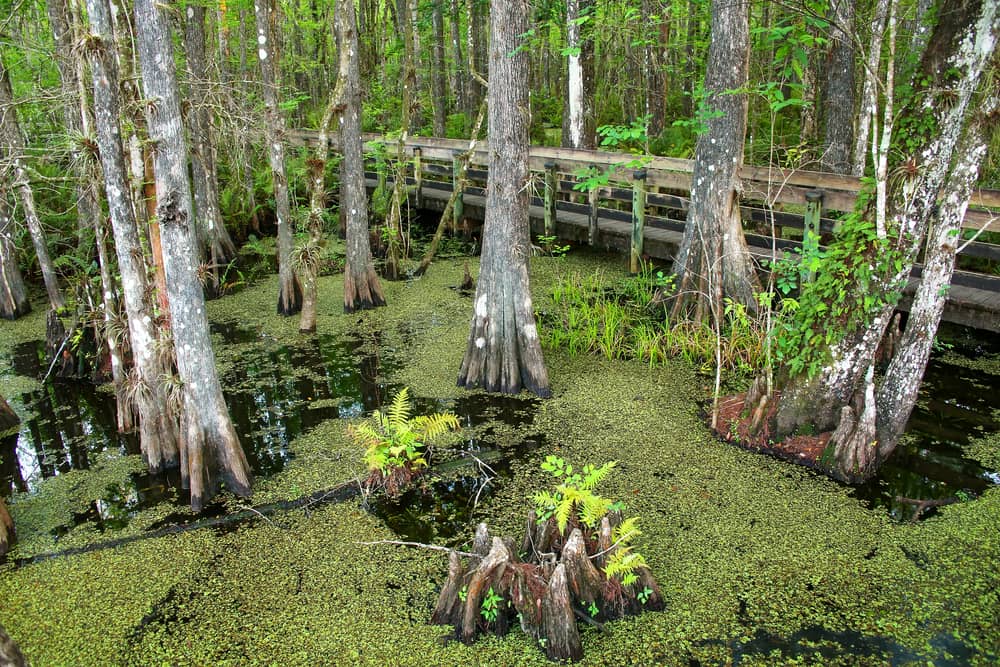
Paradise Coast, Florida
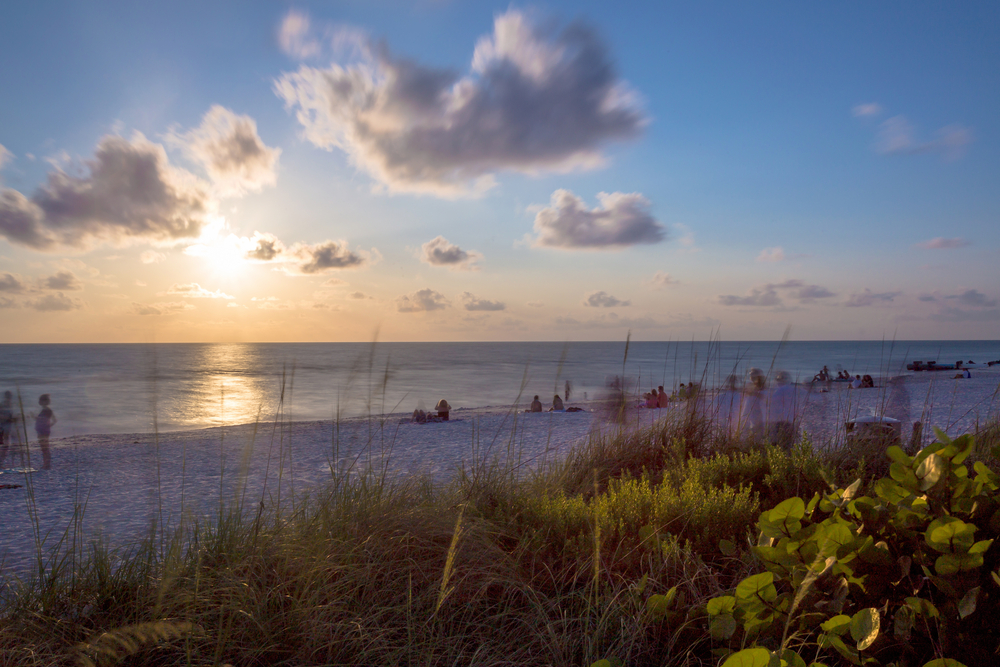
Galveston, Texas
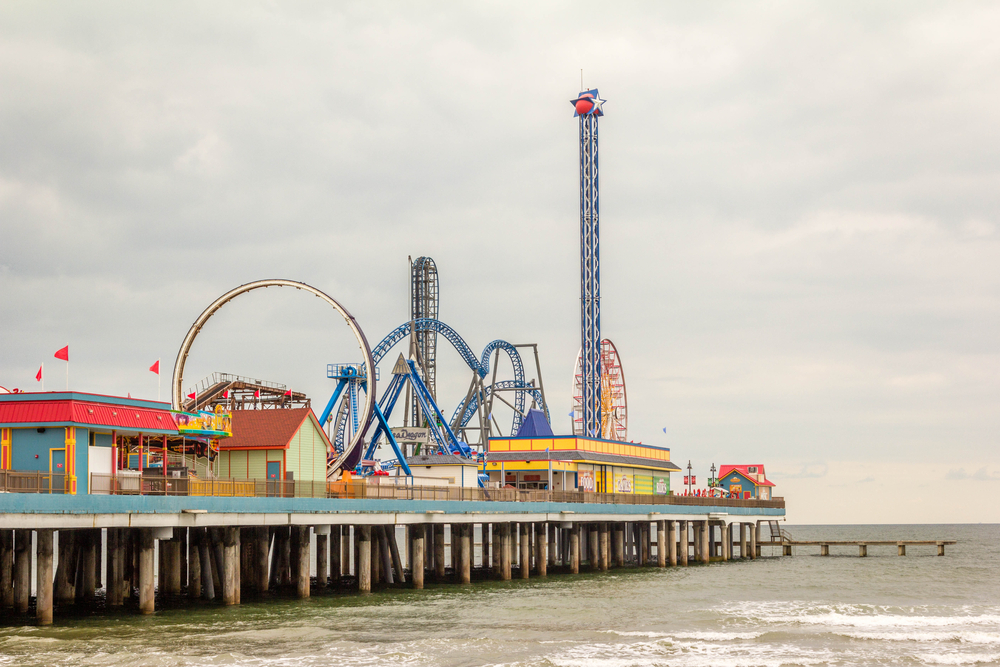
Houston, Texas
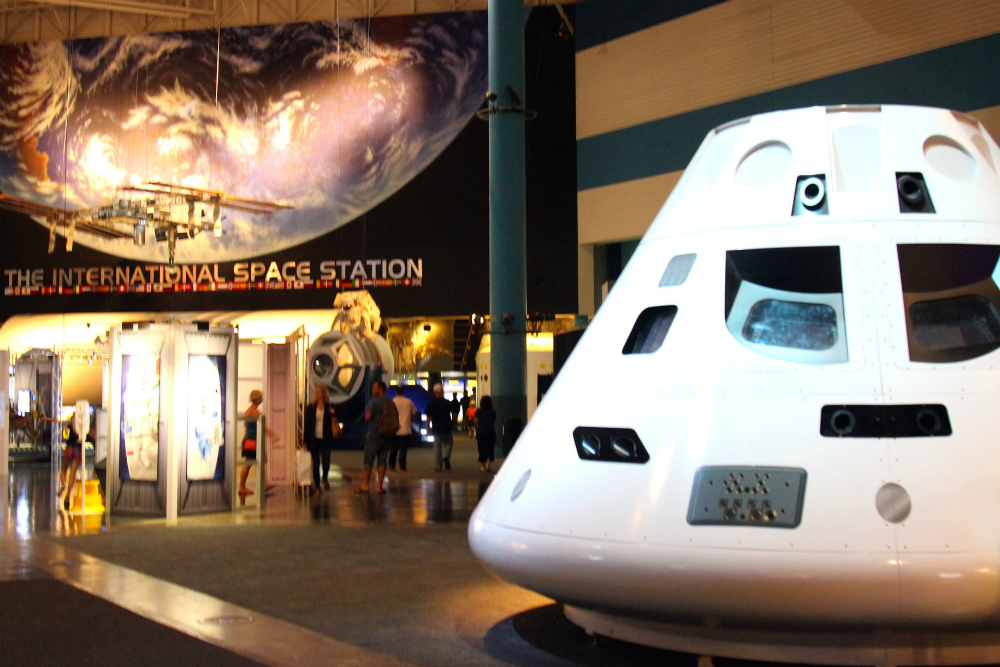
While the city is on the path to a speedy recovery, do realize there are still signs of the natural disaster: some debris is still waiting to be picked up, Wortham Theater Center is not open due to severe water damage, and East Houston Regional Medical Center is closed indefinitely.
Dominican Republic
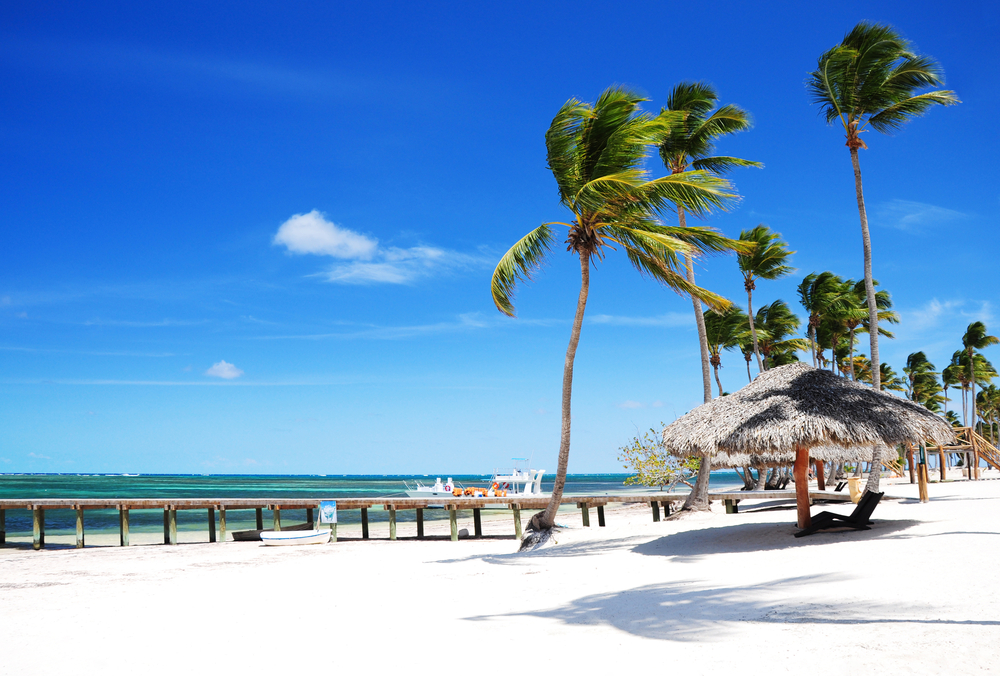
Hurricanes Irma and Maria did sweep through the Dominican Republic, but the island was largely unaffected. Though there were some downed trees, cosmetic damage, and flooding, the major tourist areas, such as Santo Domingo, Puerto Plata, and Punta Cana, are all in good shape. The airports and resorts are operating as usual, and it’s considered safe to travel to this part of the Caribbean.
Huatulco, Mexico
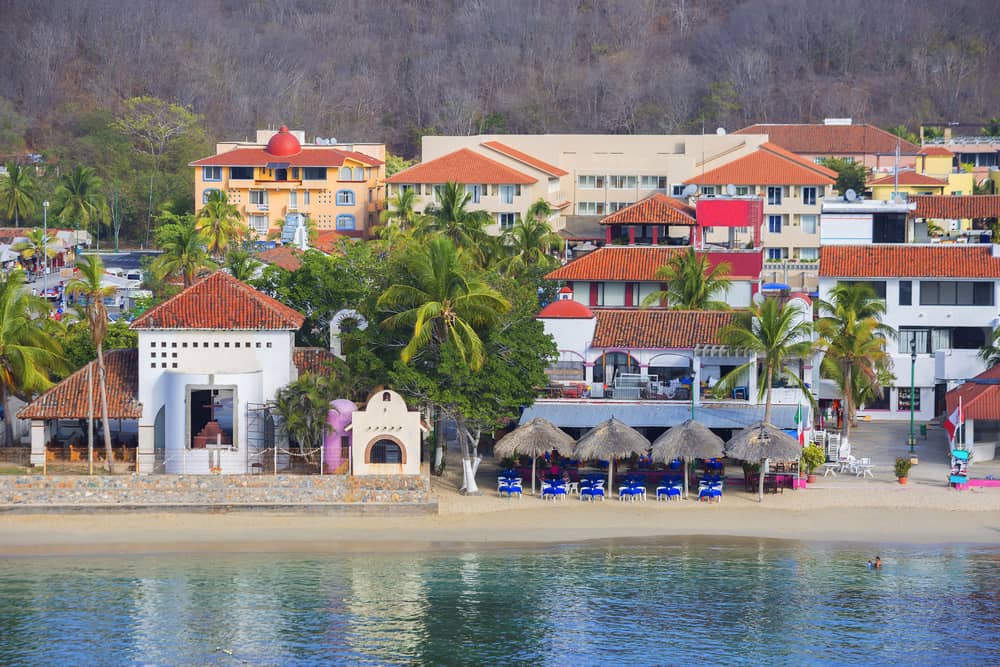
Huatulco is part of the Oaxaca region, which the 8.1-magnitude earthquake hit in September, but the city was spared any major damage. As a result of the earthquake, small tsunami waves washed ashore, but they only measured around two feet high. Because of the words “earthquake” and “tsunami” surrounding this region, it’s no wonder tourists are second guessing a trip here. However, it’s all sunshine in this coastal destination, where the local businesses are open as ever.
Puerto Vallarta, Mexico
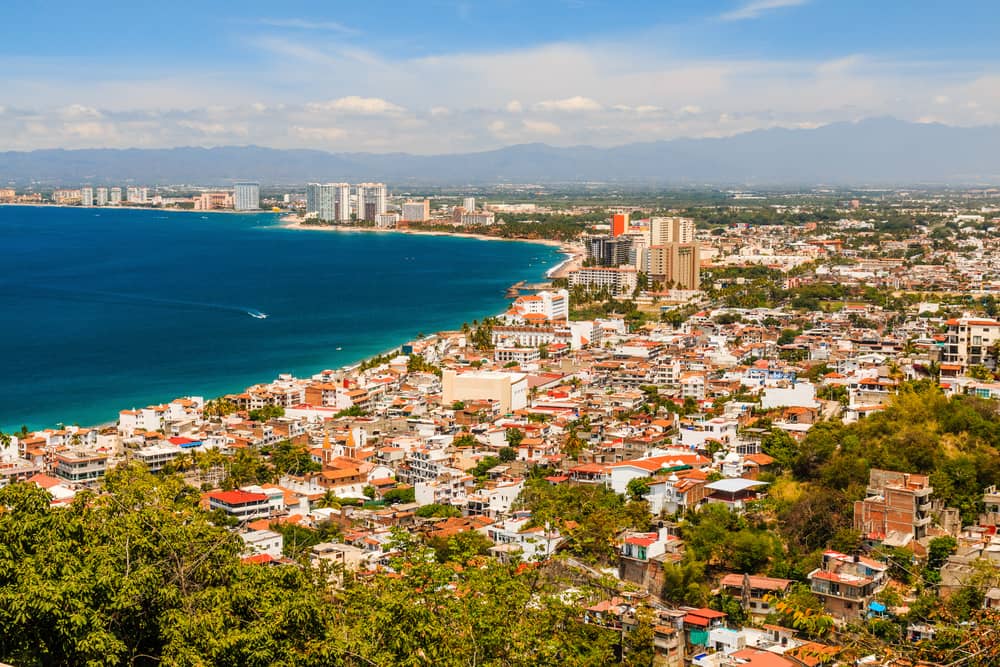
Mexico has been in the news a lot, particularly because of the major earthquake that struck Mexico City in September. While the tragedy caused serious destruction in certain areas, Puerto Vallarta did not experience any effects, as it’s located on Mexico’s Pacific coastline. Between the pristine beaches and the historical attractions, along with the hardy nightlife, the tourist scene is very much still going strong.
Barbados
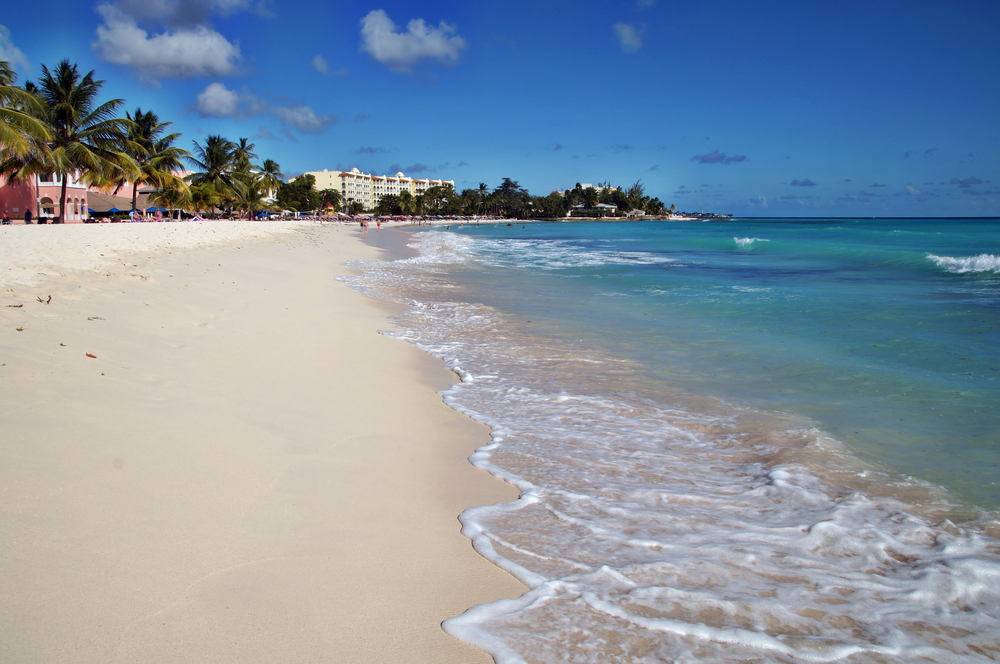
In what other areas are natural disasters affecting tourism?